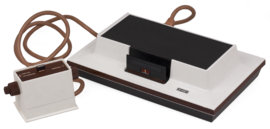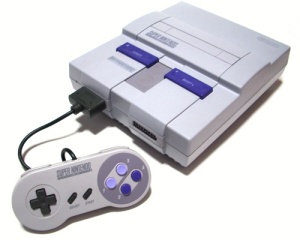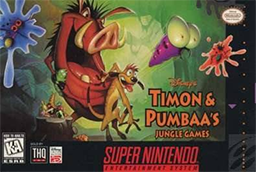By Lindsay Varien
The University of Oregon is known for many things. It has always been a great university, but today, with the school’s football team having been in the national spotlight, the University of Oregon Ducks are becoming much more popular around the country. One of the things that the university is the most known for is its unique mascot, the Duck, and it is through their mascot that the University of Oregon was able to form a very interesting relationship with the Walt Disney Company.
The University of Oregon was founded in 1876. Starting in 1920, a live duck named Puddles started being brought to university sporting events as the mascot. However, 20 years later the local humane society got involved, feeling concerned for Puddles’ well-being, and the University of Oregon was left looking for a new mascot.
 The University of Oregon’s relationship with Disney started a long time ago in the 1940s when drawings of the university’s mascot began to look very similar to the popular Disney character Donald Duck. Disney soon became aware of the issue and rose concerns. Luckily for Oregon, their athletic director Leo Harris had a friend who was a cartoonist with Disney, and a tentative unofficial agreement was reached to let the University of Oregon use Donald Duck as their mascot. About 30 years later, the agreement was questioned by Disney lawyers, and an official agreement was signed giving Oregon permission to use Donald Duck’s likeness as a symbol restricted specifically to University of Oregon sports. Of course, at the same time, this agreement gave Disney complete control over when and where the Duck mascot could make appearances.
The University of Oregon’s relationship with Disney started a long time ago in the 1940s when drawings of the university’s mascot began to look very similar to the popular Disney character Donald Duck. Disney soon became aware of the issue and rose concerns. Luckily for Oregon, their athletic director Leo Harris had a friend who was a cartoonist with Disney, and a tentative unofficial agreement was reached to let the University of Oregon use Donald Duck as their mascot. About 30 years later, the agreement was questioned by Disney lawyers, and an official agreement was signed giving Oregon permission to use Donald Duck’s likeness as a symbol restricted specifically to University of Oregon sports. Of course, at the same time, this agreement gave Disney complete control over when and where the Duck mascot could make appearances.
Over the years, Disney and the Ducks have had ups and downs in their relationship, and as of late, Disney’s involvement with the university has been greatly minimized. In 2010, the Oregon football team had a great season and had the opportunity to play in the prestigious Rose Bowl game. Upon finding out this news, a few University of Oregon students got excited and decided to make a video dedicated to their beloved team, untitled I Love My Ducks. The video featured the Donald-based university mascot, however, the students had not received permission from the school before the making and releasing of the video.
Because Disney’s restrictions on the university’s use of the mascot were so strict, the school panicked. The athletic department of the school threatened to have the video taken down. But in 2010, after the reveal of the video and after much legal talk and debate, Disney made public their announcement that were now recognizing that the Oregon Duck mascot was not Donald Duck. So today, because of Disney’s loosened grip, the mascot answers to the university, and many people and students at the university are very happy that they have parted ways.
While today Disney does own sports media companies such as ESPN, this relationship between Disney and the University of Oregon is a great way to see how this powerful company has affected people’s lives so intimately. The fact that people at a small university in Eugene, Oregon wanted to make one of Disney’s most memorable characters a symbol for their entire school really shows the incredible impact that Disney has had.
The Duck’s relationship with Disney
Pac-10 Insider: Oregon gets it all wrong trying to squash viral video ‘I Love My Ducks’
No longer ducks of a feather – Disney agrees their fowl isn’t UO’s mascot








